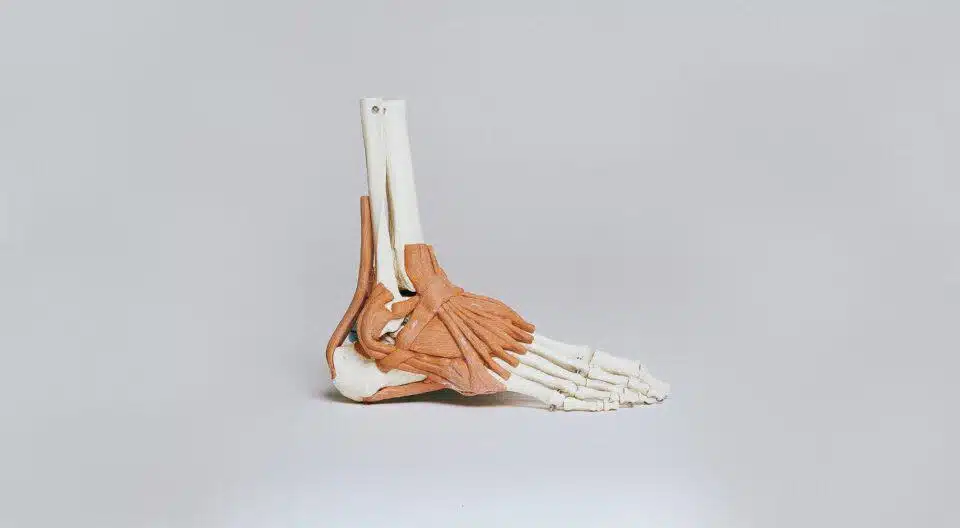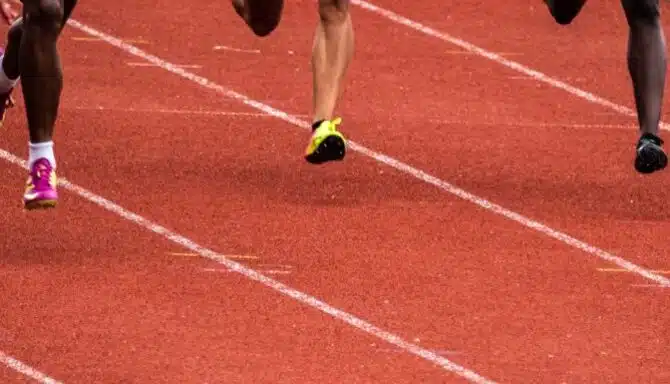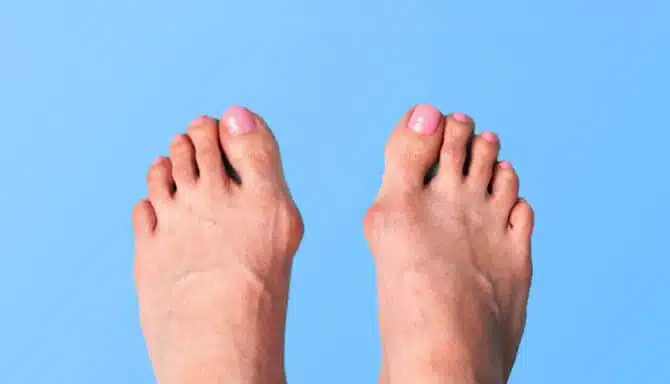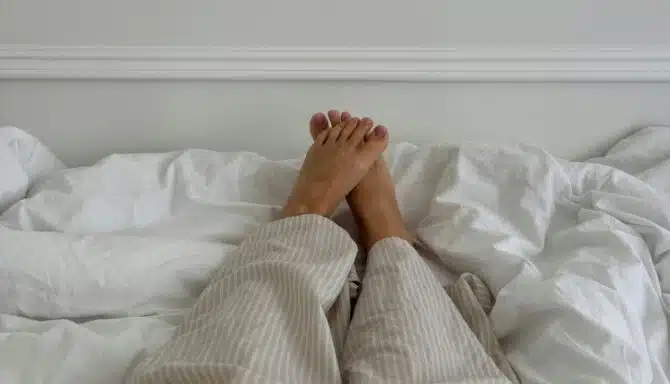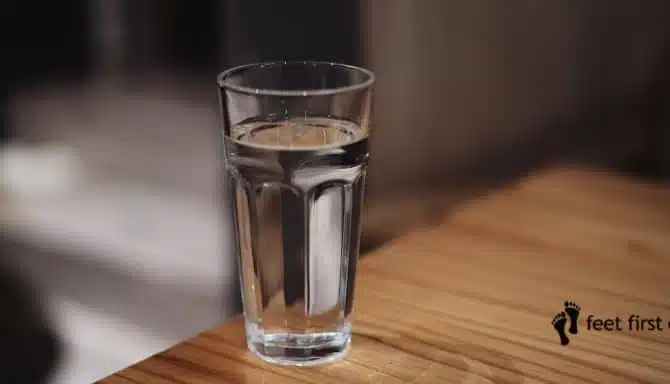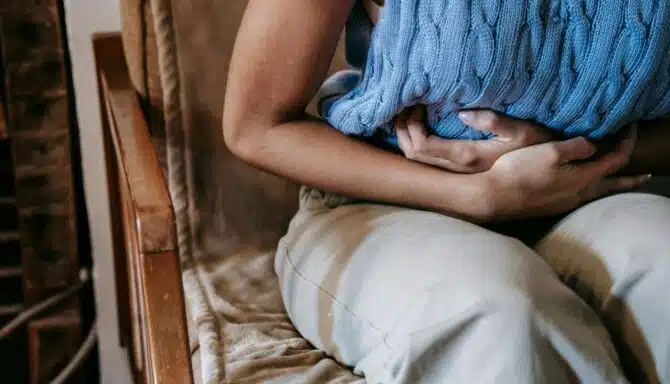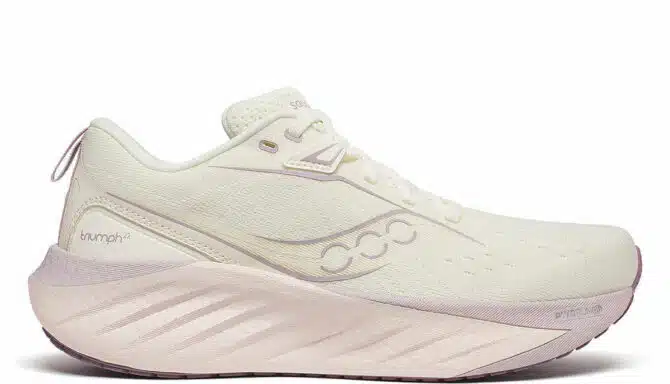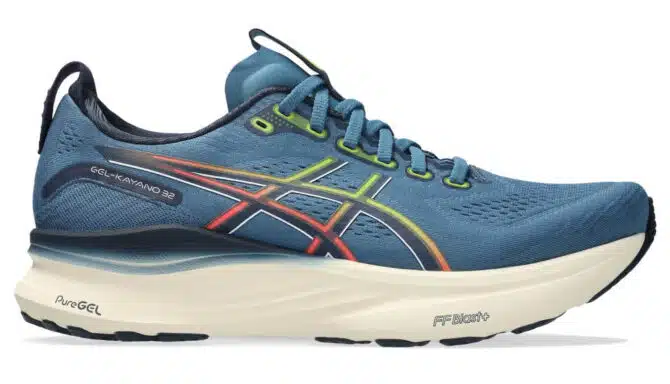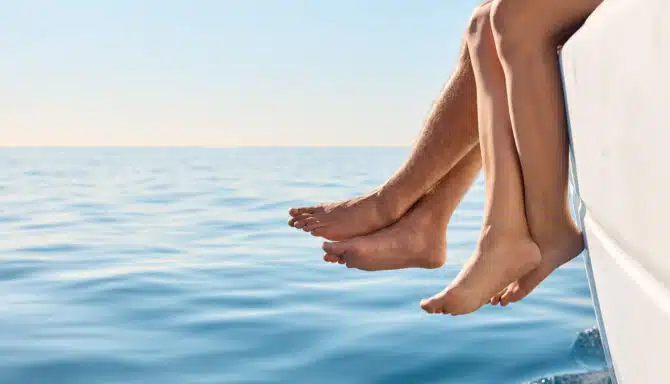We’re on our feet every day, if not for hours a day. Our daily habits shape how our body functions, and vice versa. Because of how interconnected our body is, small abnormalities and foot conditions can manifest into something much greater. All a small problem needs is time.
From what we wear to the anatomy of our body, there are many factors that contribute to potential injuries or foot conditions. Below we outline a possible scenario, like a daily habit, and what might come from it. Then, we outline fixes for various foot conditions might be.
The what: Ill-fitting shoes
May cause: Bunions, black toenails, blisters
The fix:
- Proper shoe-fitting session: we offer shoe fitting here at the clinic. Come visit us – no appointment required – to be properly fitted into a pair of shoes best suited for your feet.
- Taping: if you experience blisters on a regular basis, consider using basic medical tape to provide protection, and to reduce friction that causes blisters.
The what: Flat feet
May cause: Plantar fasciitis
The fix:
- Arch support: orthotics can help reduce the symptoms of flat feet as they act as a support under your arch.
- Stretching exercises: stretch your Achilles tendon as that area often takes the brunt of the impact when walking and running with flat feet. This is because of your arch’s lower profile, and overpronation.
- Supportive shoes: Since your arch collapses as a result of flat feet, you will likely overpronate. As such, supportive shoes can help correct your gait imbalance, and provide a solid foundation under your arch to keep your foot stable.
- Physical therapy: the goal with physical therapy is to help reduce the muscle imbalances that naturally occur as a result of compensating with flat feet. Important exercises include strengthening the muscles along your arch, and your Achilles tendon. Read more about various exercises for flat feet in our daily foot exercises post.
- Rest: According to the Mayo Clinic, “avoid activities that aggravate your condition. Participate in low-impact activities — such as walking, biking or swimming — rather than jumping and running activities.”
The what: Overpronation
May cause: Morton’s neuroma
The fix:
- Custom orthotics: as pronation lower the transverse arch of the foot, orthotics can help with stability and limiting the effects of overpronating.
- Stability shoes: those who overpronate may benefit from stability shoes, which have a stiff medial post. This reduces the amount of overpronation as your foot no longer rolls inwards as much. Additionally, the support that is along the medial shoe of such a shoe can absorb some of the impact.
The what: Overtraining
May cause: Osteoarthritis, bone spurs, Achilles tendonitis, plantar fasciitis
The fix:
- Overtraining is a surefire way to injure yourself, and to quicken the onset of progressive foot conditions like osteoarthritis.
- Rest: no good comes from continuing to train through pain. Rest if you feel like muscle soreness is gets worse.
- Stretching: maintaining flexibility in your lower limbs is key to staying healthy.
- Increase load slowly: the human body can withstand an incredible amount of impact, but only if you train it to. Slowly ramp up the intensity of whatever exercise you’re doing to ensure you don’t do too much too soon. Sometimes, your aerobic fitness improves faster than your body’s adaption to an increase in training, so make sure to recognize the early warning signs like chronic pain, and delayed onset muscle soreness (DOMS) for a few days.
The what: Tight calves/Achilles
May cause: Metatarsalgia
The fix:
- Tight calves can increase the weight applied onto the front of the foot, which can lead to metatarsalgia.
- Stretching: loosen your Achilles tendon, and calf muscles as with tight muscles, your foot will compensate by bearing more load in the balls of your feet.
- Orthotics: you can reduce forefoot pressures and improve biomechanical function to prevent further pain by investing in a pair of custom orthotics. Visit the clinic for an assessment and to be fitted with custom orthotics. Most extended health insurance plans cover the cost of orthotics in part or in a whole.
The what: Wearing high heels
May cause: Heel spurs/Haglund’s deformity, bunions
The fix:
- Reduce usage: high heels don’t necessarily cause bunions, but they do exacerbate the problem because the front of your foot bears more weight. Swap out high heels for more comfortable shoes, or, if your workplace is formal attire, try to reduce the amount of hours spent in them.
- Orthotics: custom foot orthotics can reduce excessively high pressures at the forefoot, which can, in turn, aggravate and accelerate bunion formation
- Haglund’s deformity on the heel is known as ‘pump bump’ because of its association with wearing high heels. Haglund’s deformity an abnormality of the foot bone and soft tissues characterized by a bony protrusion. Additionally, this condition develops when there is too much pressure on the heel, in part because of tight-fitting shoes. To Haglund’s deformity:
- Replace heels with open-heel shoes
- Ice the bump
- Soft tissue massage
- Orthotics
- Heel pads
As you can tell, small changes to your habits can make a significant difference in the long-term health of your feet. Habits in moderation, like wearing high heels, can lessen the impact on your legs versus say, wearing them each and every day.
If you continue to experience pain, and are looking to get to the root of the problem, feel free to visit the clinic. You do not need a referral to become a patient at our foot clinic. Schedule an appointment by using the Appointment Request form below or contact the clinic at 416-769-FEET(3338).
